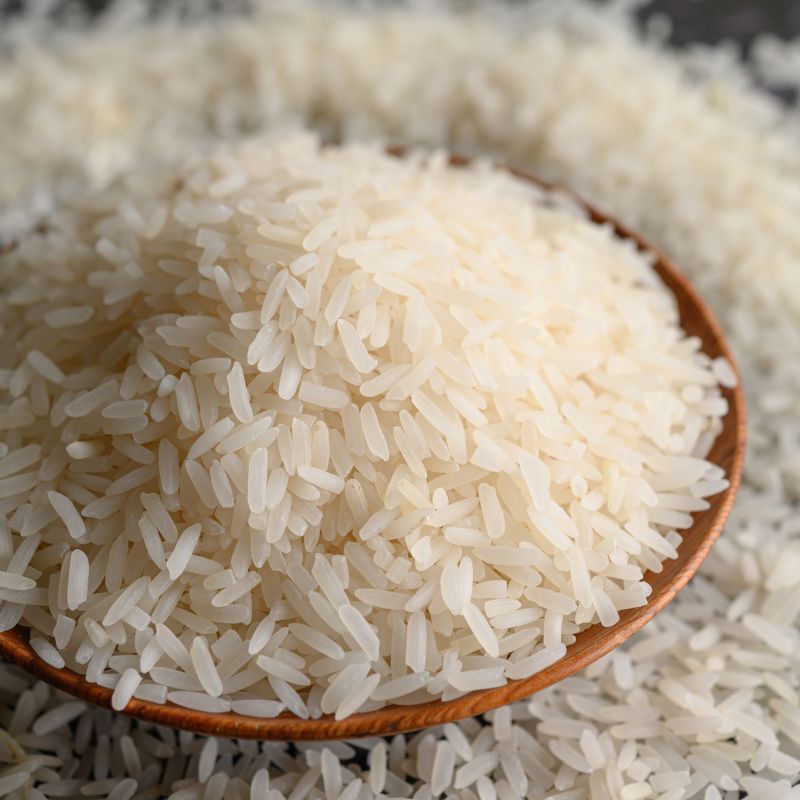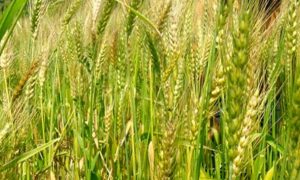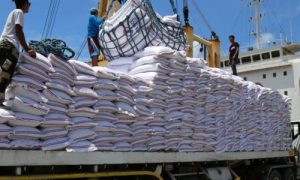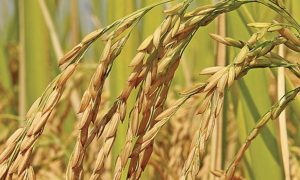Banning rice exports: Govt’s decision is ill-timed as the supply squeeze will contribute to global food inflation

Although the global food crisis represents an opportunity for India to supply grain for the developing world—especially countries in sub-Saharan Africa and the South Asian neighbourhood—the government has banned exports of non-basmati rice. Last September, too, there was a ban on broken rice, which was accompanied by a 20% duty levied on other non-parboiled non-basmati shipments. The government has now stopped rice supplies from the Food Corporation of India for ethanol production. Global prices are bound to be impacted as India is a leading exporter of rice, accounting for 40% of global rice shipments. In FY23, it exported 22.3 million tonnes of rice worth $11.1 billion. Exports of non-basmati rice were up by 35% in April-June in FY24. The government’s decision removes 10 mt from a relatively tight world market as global inventories are likely to decline by the year end, which imperils food security of the global South. As if all of this weren’t bad enough, Russia has withdrawn from the UN-sponsored deal that allowed exports of 33 mt of Ukrainian grain (mostly wheat) across the Black Sea, more than half of which went to developing countries. The disruption in grain supplies, together with incessant Russian attacks on Ukrainian grain silos in port cities have sent grain futures soaring.
The ban is expected to lower domestic rice prices that have been rising by 11.5% over the past year and 3% over the previous month. As if on cue, prices of non-basmati white rice have already dropped by `4,000 a tonne. But the government’s bigger concern is over rice production in the 2023-24 crop year due to the uneven spatial and temporal spread of the monsoon. Important rice growing states have experienced extremely heavy downpour, including floods, while others are coping with rainfall deficiency. While the overall area sown under paddy during the kharif season is up by 2.7% as on July 21, vanguard agrarian states like Punjab, Haryana and Chhattisgarh have registered lower acreages when compared to the previous year. The shortfall in paddy cultivation is as high as 54% in Jharkhand and 45% in Odisha according to the union ministry of agriculture. The progress of the monsoon during the rest of the season could well improve the prospects of rice production. The concerns over rice output, however, are not warranted as there is actually a situation of potential plenty. Rice production is likely to increase to 135.5 mt in the 2022-23 crop year. Stocks with the government are 40 mt, nearly three times the buffer stock norms as on July 1. This can meet the requirement of the Pradhan Mantri Garib Kalyan Ann Yojana, which benefits 810 million people.
For such reasons, the export ban appears a blunt instrument and ill-timed as the supply squeeze will contribute to higher global food inflation. The prohibition of fresh rice shipments is bound to hit its credibility as a reliable supplier in the global market. Like it tried to do with exports of Covid-19 vaccines, India’s rice exports can be considered a public good to alleviate hunger that stalks many developing countries due to the worsening conflict in Ukraine and extreme weather conditions. One option could be to provide the grain to the World Food Programme—exempted from export bans—to distribute it to needy countries in the global South.














